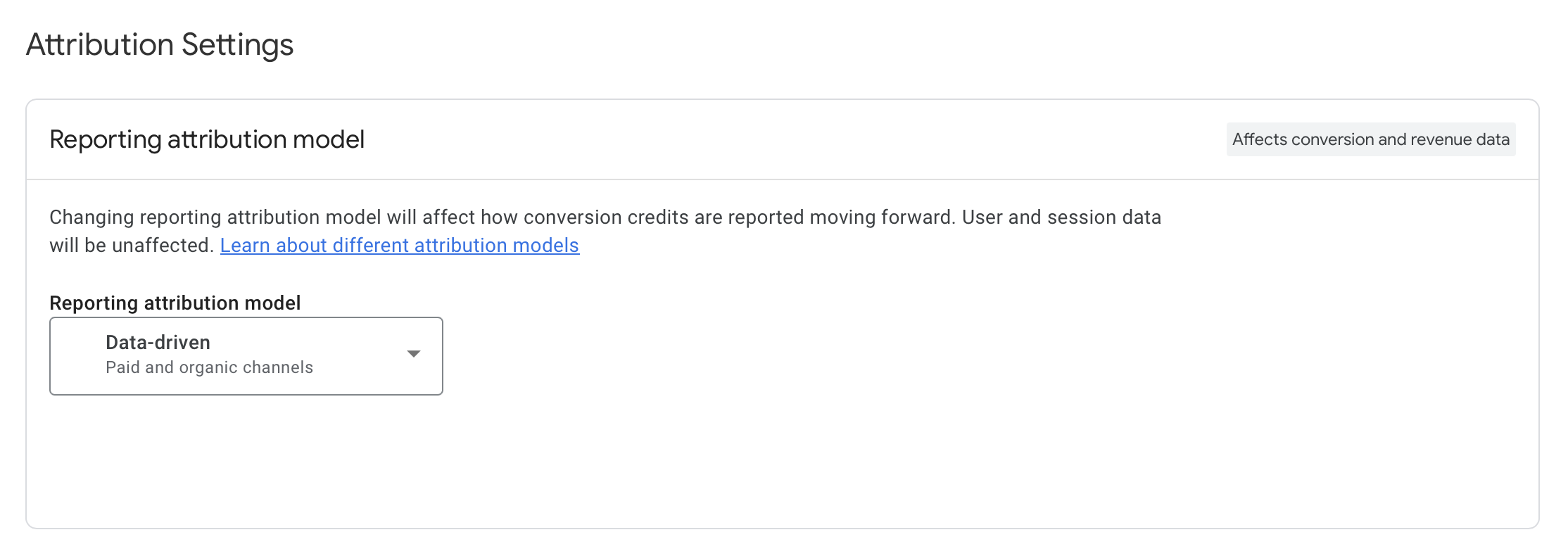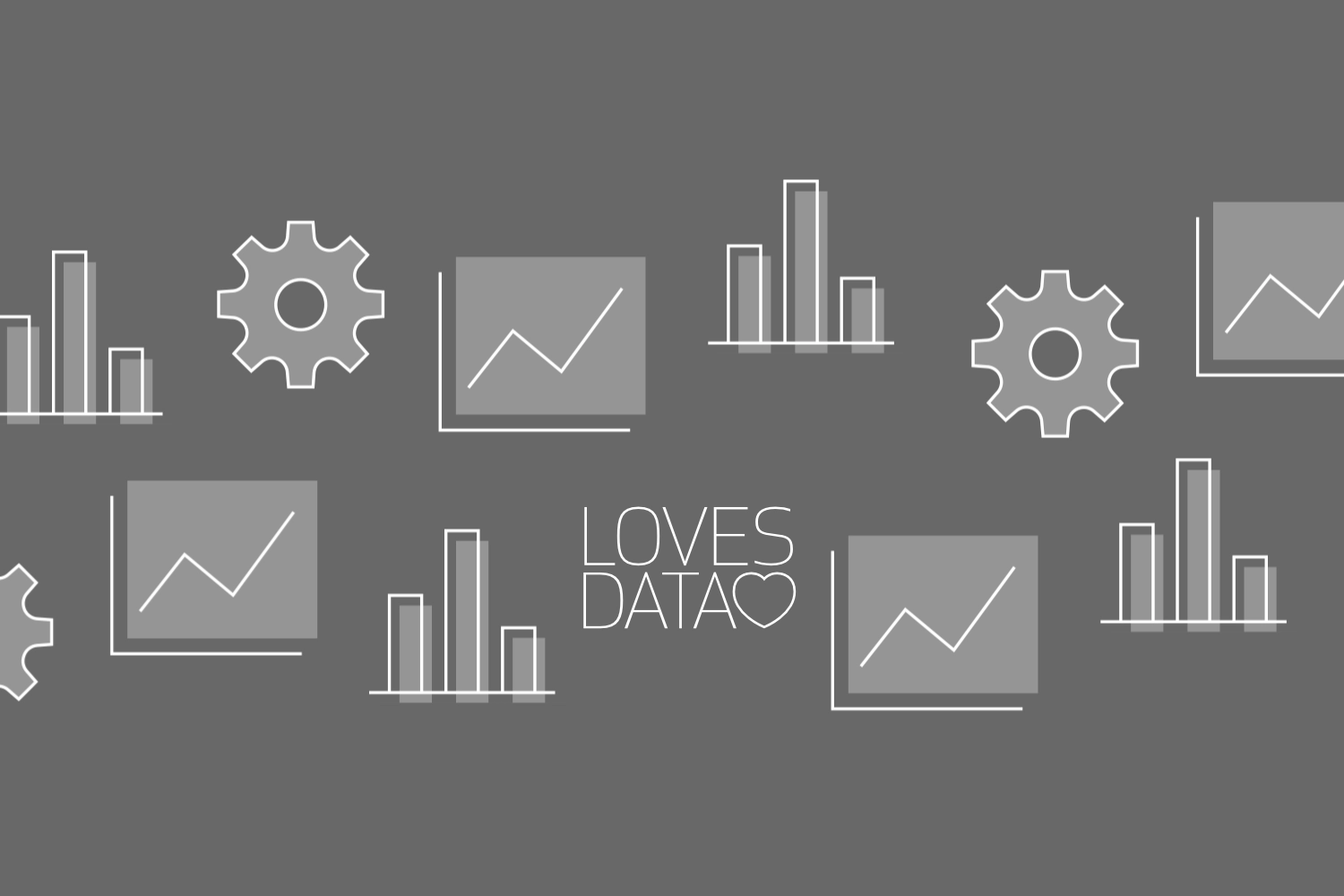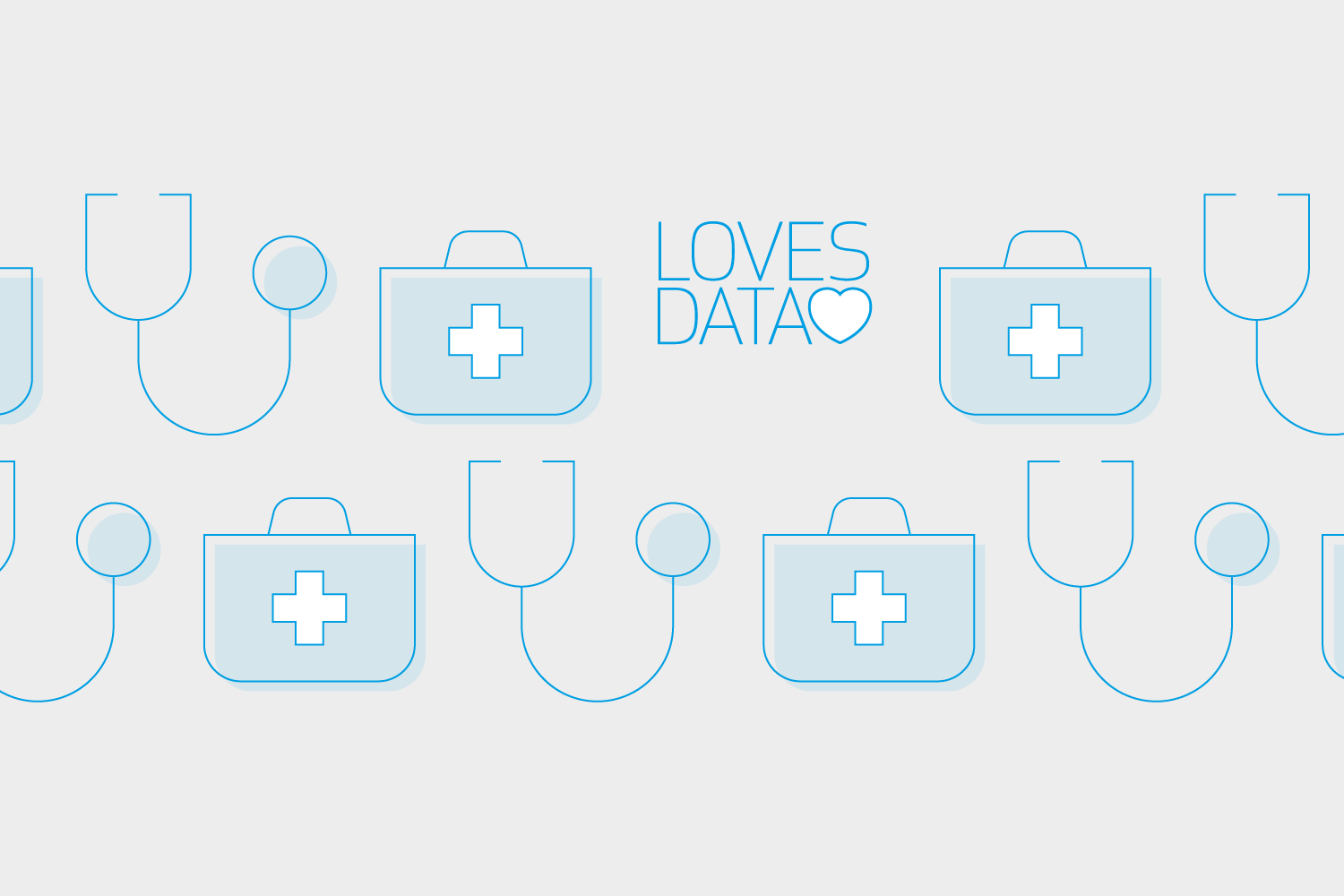Unlock the Power of Data-Driven Attribution in Google Analytics
Loves Data
Attribution modeling plays a crucial role in understanding the effectiveness of your marketing campaigns and the customer journey. By correctly attributing conversions to specific touchpoints, you can make well-informed decisions about where to allocate your marketing budget and resources, ultimately driving better results for your business. One of the most powerful attribution models available in Google Analytics is the data-driven attribution model, which harnesses the power of machine learning to determine the impact of distinct marketing channels on your conversions.
In this article, we will delve into the world of data-driven attribution in Google Analytics, examining its benefits, functionality, and best practices for implementation. We will discuss how to set up and use the data-driven attribution model, as well as how this powerful tool can help you optimize your marketing campaigns and enhance your overall marketing performance. Additionally, we will share useful tips and insights into making the most of your attribution data to ensure marketing success.
At Loves Data, we pride ourselves on helping marketing professionals like you harness the power of Google Analytics and Google Ads to drive exceptional results. Our passion lies in guiding you through the complexities of digital marketing and providing you with the knowledge and skills necessary to excel in this rapidly evolving field. Join us as we explore the world of data-driven attribution in Google Analytics and discover how your business can leverage this powerful tool to optimize your marketing efforts, maximize your return on investment, and achieve unparalleled success.
Are you ready to unlock the true potential of data-driven attribution in Google Analytics and revolutionize your digital marketing strategy? Let's embark on this journey together, demystifying the complexities of the data-driven attribution model and enabling you to make better, more informed decisions based on the insights it provides.
Understanding Data-Driven Attribution in Google Analytics
Before diving into the specifics of data-driven attribution, it's essential to understand what it is and how it differs from other attribution models available in Google Analytics. In a nutshell, data-driven attribution is a sophisticated, machine-learning-based model that determines the impact of individual marketing touchpoints on your conversions.
Unlike rule-based attribution models, such as first-click, last-click, linear, or time-decay, data-driven attribution allocates conversion credit across all touchpoints in the customer journey based on the actual impact of each interaction. This model adjusts for each specific marketing channel's performance, allowing for a more accurate and reliable understanding of your marketing efforts' effectiveness.
Setting Up Data-Driven Attribution in Google Analytics
By default, the data-driven attribution model will be selected when your GA4 property was created. However, the model can be changed to last-click attribution. To check which attribution model is used for your property, follow these steps:
Navigate to ‘Admin’ and select ‘Attribution Settings’ in the property column. You can now check the attribution model being used for your reports:

If the last-click model is selected and you have administrator or editor-level permission, you can change the attribution model. Once the model is changed it will be immediately reflected in your reports.
Configure Conversions
In order for the data-driven model (or for any attribution model) to work, you will need to ensure you have at least one conversion configured in Google Analytics.
We recommend configuring conversions and/or ecommerce transactions you want to analyze using data-driven attribution. Ideally, conversions are for high-priority actions that are most critical to your business's success.
Analyzing and Interpreting Data-Driven Attribution Results
Once your data-driven attribution model is set up, you can begin to analyze its results and draw valuable insights to optimize your marketing campaigns. Here are a few essential metrics and reports to consider:
All Channels
Evaluate the performance of individual marketing channels within the data-driven attribution model using the "All Channels" report found under the "Advertising" section in Google Analytics. This report lets you anaylze the performance of your marketing channels and campaigns using the data-driven attribution model.
Conversion Paths
Examine the conversion credit allocated to each marketing touchpoint using the data-driven attribution model. This breakdown allows you to identify high-performing channels and touchpoints and helps you adjust your marketing strategy accordingly to maximize results.
Model Comparison
Use the Model Comparison report in Google Analytics to compare the data-driven attribution model with other rule-based models, like the last click model, to see how they allocate conversion credit differently. Pay close attention to channels that receive a significant increase in conversion credit when using data-driven attribution compared to other models, as this indicates those channels are undervalued in rule-based models and thus potentially deserve additional investment.
Optimizing Your Marketing Strategies with Data-Driven Attribution Insights
With the insights attained from your data-driven attribution analysis, you can begin to optimize your marketing strategies for better outcomes. Here are a few practical tips for adjusting your marketing campaigns based on the data-driven attribution model's insights:
Adjust Marketing Budget Allocation
Reallocate your marketing budget to invest more in high-performing channels identified by the data-driven attribution model. By shifting resources to these more impactful channels, you can maximize your return on investment and drive better results across your marketing efforts.
Evaluate Marketing Channel Synergies
Identify any marketing channel synergies or patterns within the data-driven attribution analysis, such as how certain channels perform better when combined with others. Leverage this information to create integrated marketing campaigns that capitalize on these synergies for higher conversion rates.
Test and Refine Strategies
Continuously test and refine your marketing strategies based on the insights from the data-driven attribution model, while monitoring changes in channel performance over time. This iterative approach will help you optimize your marketing campaigns and tactics and keep up with the ever-evolving digital marketing landscape.
Conclusion
Leveraging data-driven attribution in Google Analytics can revolutionize your marketing strategies by providing accurate, insightful, and actionable information about your marketing campaigns' performance. By understanding and effectively utilizing data-driven attribution, you can make more informed decisions about your marketing budget allocation, channel synergies, and overall campaign optimization.
At Loves Data, we are committed to helping you harness the power of Google Analytics 4 and the advanced capabilities of data-driven attribution to transform your digital marketing results. Together, we can unlock the true potential of data-driven attribution and elevate your marketing campaigns to new heights of success and efficiency.




Comments